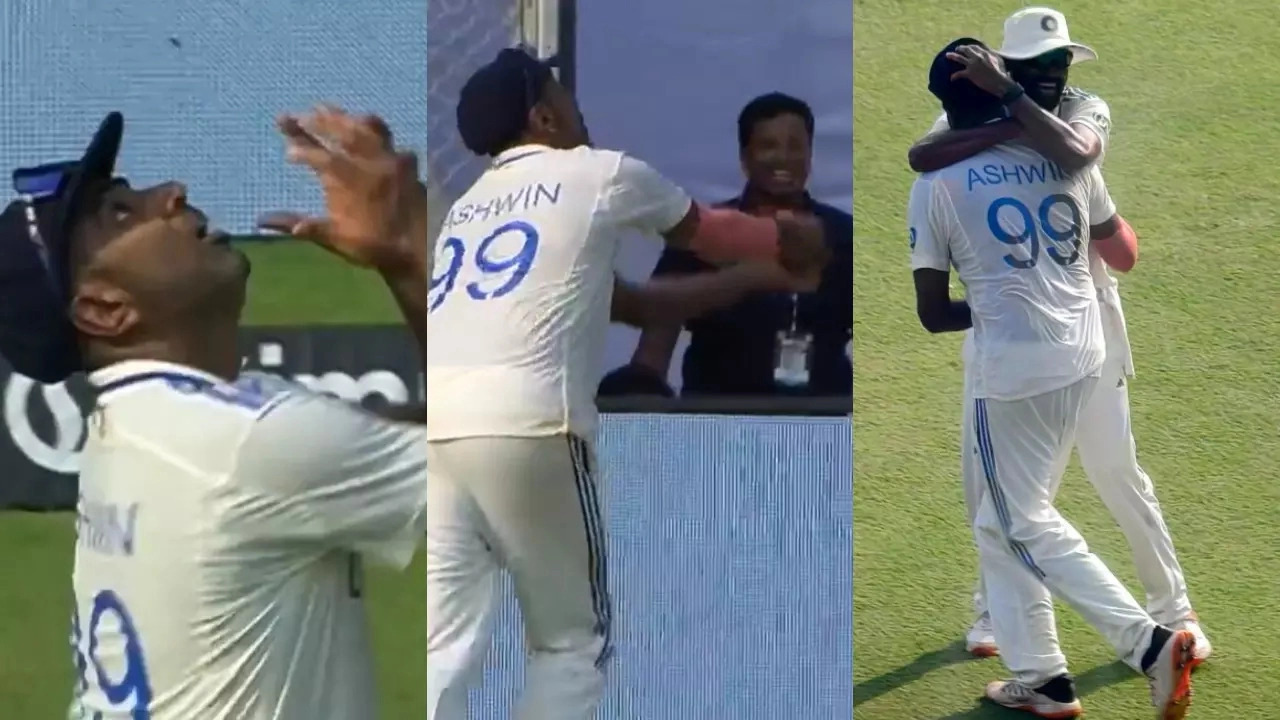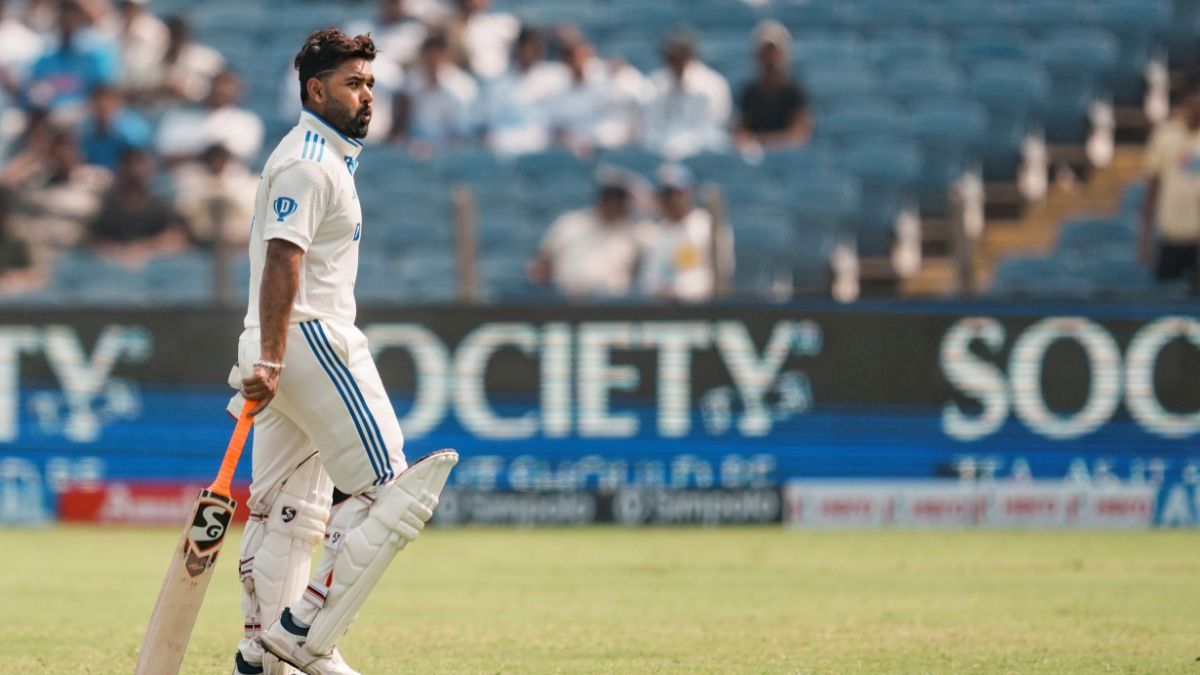For the most part of Bangladesh’s first day of the Test tour to India, Hasan Mahmud stuck to delivering longer lengths. He tried hitting the stumps or the pads when he wasn’t tempting the Indian hitters with mild outswingers to go for the cover drive.
Neither Taskin Ahmed, who has played more Tests than Mahmud, nor Nahid Rana, who bowls far more quickly, adhered to this straightforward strategy. They gave many of free passes to the batsmen by bowling too short, too wide, or too full. In the first session of a Test match against India in India, Mahmud became the first overseas quick to take three wickets in nearly 15 years by simply using the tools at his disposal: seam, swing, pace, and the appropriate lengths.
Hasan Mahmud declared, “Taking wickets in a Test match is obviously great.” “Since I had a five-for against Pakistan, it was important for me to try to consistently contribute to the team.
” There was not much planned for today. I made an effort to form the ball with the seam facing up. My perseverance paid off, so I kept trying. The wicket settled during our dominant morning session. It was coming onto the bat nicely, the ball. Later on, though, I was starting to move. Perhaps someday, we can generate additional opportunities.”
On the first day of the Chennai tournament, Mahmud took well-considered wickets. Over a brief or extended period of time, he developed a case against each batter. Mahmud challenged both of Rohit Sharma’s edges and managed to get the ball to hoop in the relatively gloomy weather. When the ball ducked in from a slightly shorter length in the fourth over, Rohit survived an LBW appeal after a skewed edge had given him an early boundary. Then Najmul Hossain Shanto took a brilliant catch at second slip with a nuanced outswing ball that took his outside edge.
Shubman Gill, the third-best player in India, survived an LBW call despite failing to dismiss Mahmud for seven balls. It appeared as though Gill was eager to score, but his dismissal for being caught down the leg side may have been fortunate. Early dot-ball pressure frequently leads to a batter choking one down the leg side.
Then, while pursuing an outside-off-stump delivery, Mahmud had Virat Kohli caught off guard. Kohli had played a confident forward push the previous ball, but Mahmud remained firm. He managed to make the seam tremble once more and enticed Kohli to take a drive.
Because of the cloudy conditions and Mahmud’s excellent bowling at that time, Shanto assigned him a seven-over opening spell. Mahmud is more than just the new ball, though, as he had demonstrated in Rawalpindi. Just moments into his second over, he removed Rishabh Pant by catching him behind. He tested Pant outside of the off stump again this time. Mahmud was cut for a boundary, so he dragged the following ball across, but only just, so that Pant could edge it to the wicketkeeper.
In his subsequent deliveries, Mahmud continued to create opportunities. Ravindra Jadeja was called out LBW until the call was reversed on review, and R Ashwin managed to edge one between slip and gully. Though this appeal had little merit, he managed to get another to nip back into Ashwin.
Mahmud began his career as a seamer in Bangladesh’s domestic scene, mostly on flat or dry pitches. When there was some assistance available to him during the two Tests in Rawalpindi, they brought him prizes. At an average of 24.12, he claimed the most wickets of any Bangladesh fast bowler throughout the tour with eight. He and Shoriful Islam worked effectively together to remove both openers Abdullah Shafique and Saim Ayub on the first day of the first Test, giving Bangladesh an early lead.
Mahmud again handed the visitors a strong start on the vital fifth day, dismissing the opposing captain Shan Masood. In the second Test, he really came into his own, collecting his first five wickets. Mahmud continued to provide Bangladesh with the crucial breakthroughs that strengthened their strong position, even if Nahid Rana’s pace attracted greater attention.
At the end of the first day in Chennai, Bangladesh was undoubtedly not in the lead, but Mahmud thought they could still force their way back into the match with the second new ball available.
“If we can get early breakthroughs tomorrow, we will be back in the game,” he stated. “We want to limit them to less than 400 runs. But, things are looking up right now. Although the circumstances are very same to those in Pakistan, it is the bowlers’ responsibility to bowl aggressively or break down boundaries as needed.
“The wicket is excellent right now, but we were in a commanding position in the morning. Everybody is attempting to reduce the borders. Although the tide has turned today, we still have tomorrow to bowl better and regain the momentum.”
Mahmud has also bowled with both the new and old ball in white-ball cricket, where he has some experience. However, in recent years, Tanzim Hasan Sakib has been playing ahead of him, while Taskin Ahmed and Mustafizur Rahman are the regulars.
Mahmud’s move to red-ball cricket has resulted in an ever-growing pace assault for Bangladesh. Khaled Ahmed is a member of their Indian Test team. In T20Is, Shoriful Islam, Tanzim, and Mustafizur are the go-to players; Ebadot Hossain, on the other hand, is nearly healthy and may be available for the home Test series against South Africa starting next month.
Also Read: “This has been the KL Rahul story” – Sanjay Manjrekar thinks on Indian batter’s poor form in Tests
The tempo attack is still being worked on, even with their recent surge in activity. As the day wore on, it appeared as though the Bangladeshi bowlers let up, allowing Ashwin and Jadeja to establish a counterattacking position. But if the evolution of the pace attack is any indication, the second morning they will undoubtedly have better ideas.









 Win Projections to be updated soon
Win Projections to be updated soon












